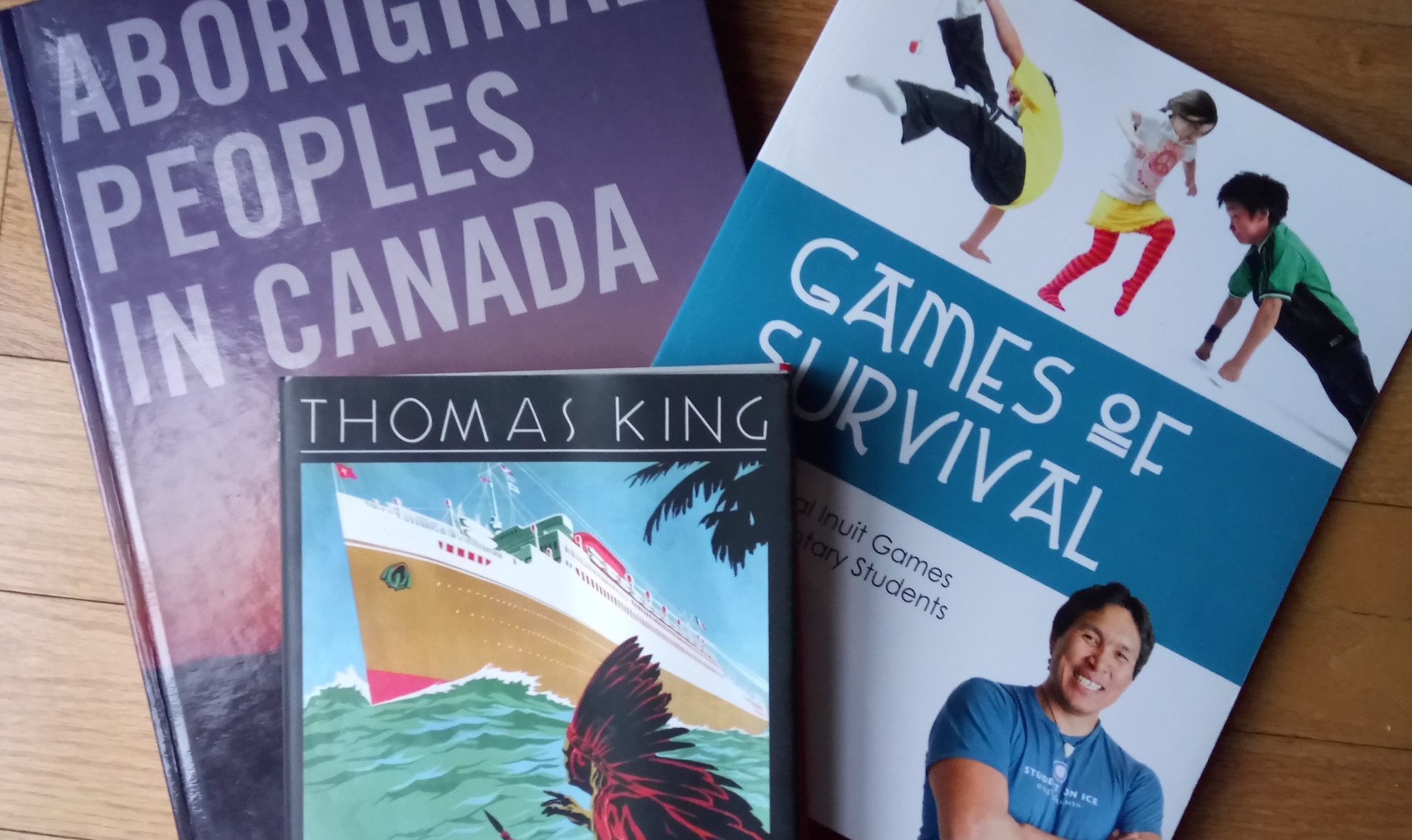Appropriation has been a persistent topic in the news this month, both with the case of Amanda PL copying the style of Norval Morriseau and the suggestion in the latest issue of Write magazine that there be an Appropriation Prize by Hal Niedzviecki.
The story of Amanda PL appropriating the Woodlands art style was the first story to break, and for many of us who teach about Norval Morriseau with our students and have had students recreate his work in the past, this was an opportunity for big learning.
- Click here to watch a short video from APTN featuring Eugene Morriseau, an artist and a son of Norval about why the Amanda PL case worries him (3:17).
- Listen to Jesse Wente speak about the case on Metro Morning (4:19).
What I learned from this story is that our intentions to honour Anishnaabe artists, by having students copy their style, is missing the mark, and could potentially be seen by some as highly offensive. Granted, Amanda PL is selling her work for profit, which most likely doesn't apply to your students. However, this case left me wondering how we can change our instruction tactics so that students understand that this copying is not viewed by many Indigenous peoples as honouring their culture, but rather as appropriation. .
Like in my first blog post, I think is is important to understand that Morriseau's work is based on his understanding of the sacred and that his work represents traditional stories. I learned a lot from grade 5 teacher Kasia Niewiadomski (download our interview here) who shared that she has her students explore their own stories, and express them in their own artistic way as they study the work of Morriseau, rather than having them copy his work.
A Lesson Idea...
So often the media and Canadians at large claim Indigenous peoples are being too sensitive, or limiting freedom of speech when they argue that Canadians are appropriating their stories, culture, or work. In response to the controversy over the Appropriation Prize concept, Robert Jago (Kwantlen First Nation) wrote an important piece that got me thinking about the other side of the appropriation coin. What aspects of our culture, when appropriated, cause us as Canadians to become offended?
For instance, how do we react when someone fakes a university or college degree they never earned, or wears military regalia that they do not have permission to wear? Could you and your students come up with other examples of Canadian culture we do not like appropriated?
